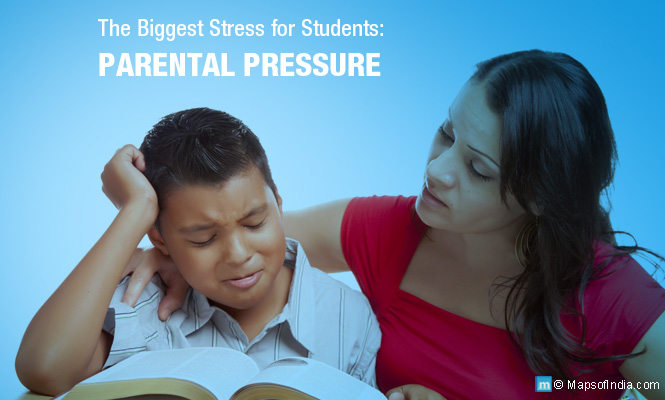What are learning disabilities?
A learning disability can be defined as a neurological disorder that alters the normal functioning of our brain. It affects our cognitive processes such as reading, writing or speaking, among others. Learning disability affects all aspects of a person’s life and not just their academic potential. It can impact their status in society and their relationship with their parents and friends; it can even affect their work and fit in.
Most learning disabilities are found during childhood when they first start learning how to read or write. It can be an unfamiliar experience for the teachers and parents, leading to tension and stress for the child. Unfortunately, there is very little awareness regarding Learning disabilities in India, which turns parents hostile toward their children.
What might not be a well-known fact is that people with learning disabilities usually have higher than average intelligence. One of the most outstanding scientists ever born, Albert Einstein, could not read until he was nine. Walt Disney was unable to read correctly throughout his life. Even after experiencing such conditions, these people went on to become the most memorable in their fields.
It is important to treat a child with a learning disability usually. Being able to read or write does not define a person, nor do their test scores.
Here are some common learning disabilities:
Dyslexia
It is a learning disability that affects a child’s ability to read or write sentences. There are various forms of dyslexia. Some struggle to form words, while some are unable to read a given passage. Dyslexic individuals have a problem connecting letters or spelling out words.
Dyscalculia
People with dyscalculia have difficulty in understanding numbers or mathematics. They’re not good with calculations or mathematical formulae. Sometimes such individuals also have lower problem-solving skills or reasoning abilities.
Dysgraphia
Dysgraphia is a writing disability. Individuals with this disability have problems holding pens properly. As a result, they have spelling mistakes, redundant sentences or lousy handwriting. In addition, people with dysgraphia tend to grow frustrated quickly because of teachers’ lack of empathy, worsening their condition.
ADHD
Attention, Deficit Hyperactivity Disorder is technically a learning impairment. People with ADHD have short attention spans; they are unable to focus and get distracted easily. This constant shift in their focus affects their work, their efficiency and their grades.
Non-verbal Learning Disability
People with this disability have a tough time understanding non-verbal signals such as body language and facial expressions. However, most people with nonverbal learning disabilities have extraordinary language skills and a higher than average vocabulary.
Awareness about Learnings Disabilities
The most popular method of spreading awareness in recent times was the 2008 Amir Khan starrer Taare Zameen Par. The lead character in the movie was a child with dyslexia. The film focused on the lack of empathy or awareness that parents have regarding their child’s problem. A good teacher with the proper skill set is necessary to help children with dyslexic abilities learn and excel at school. We need to treat people with learning disabilities with respect. It is nothing to make fun of or belittle them about.




